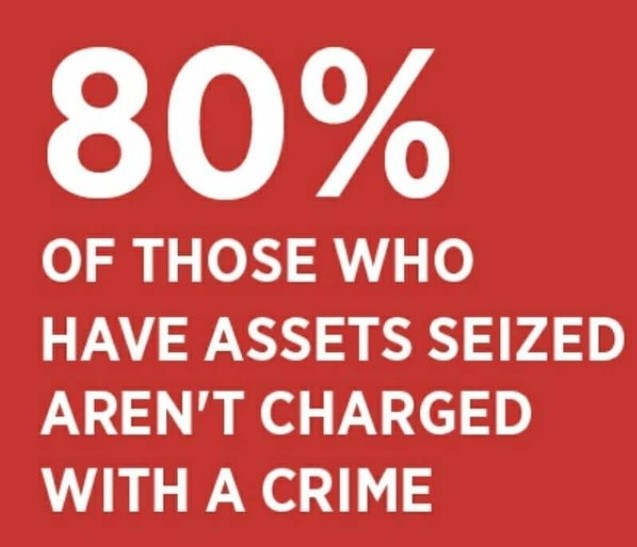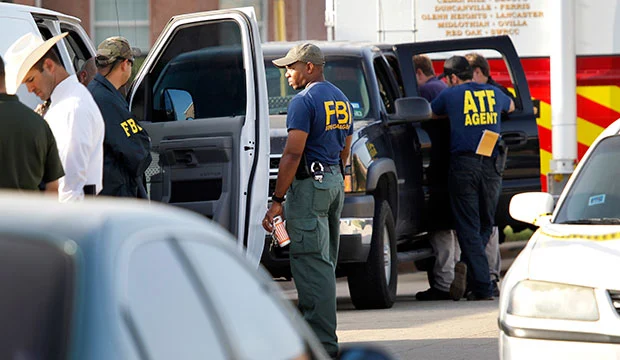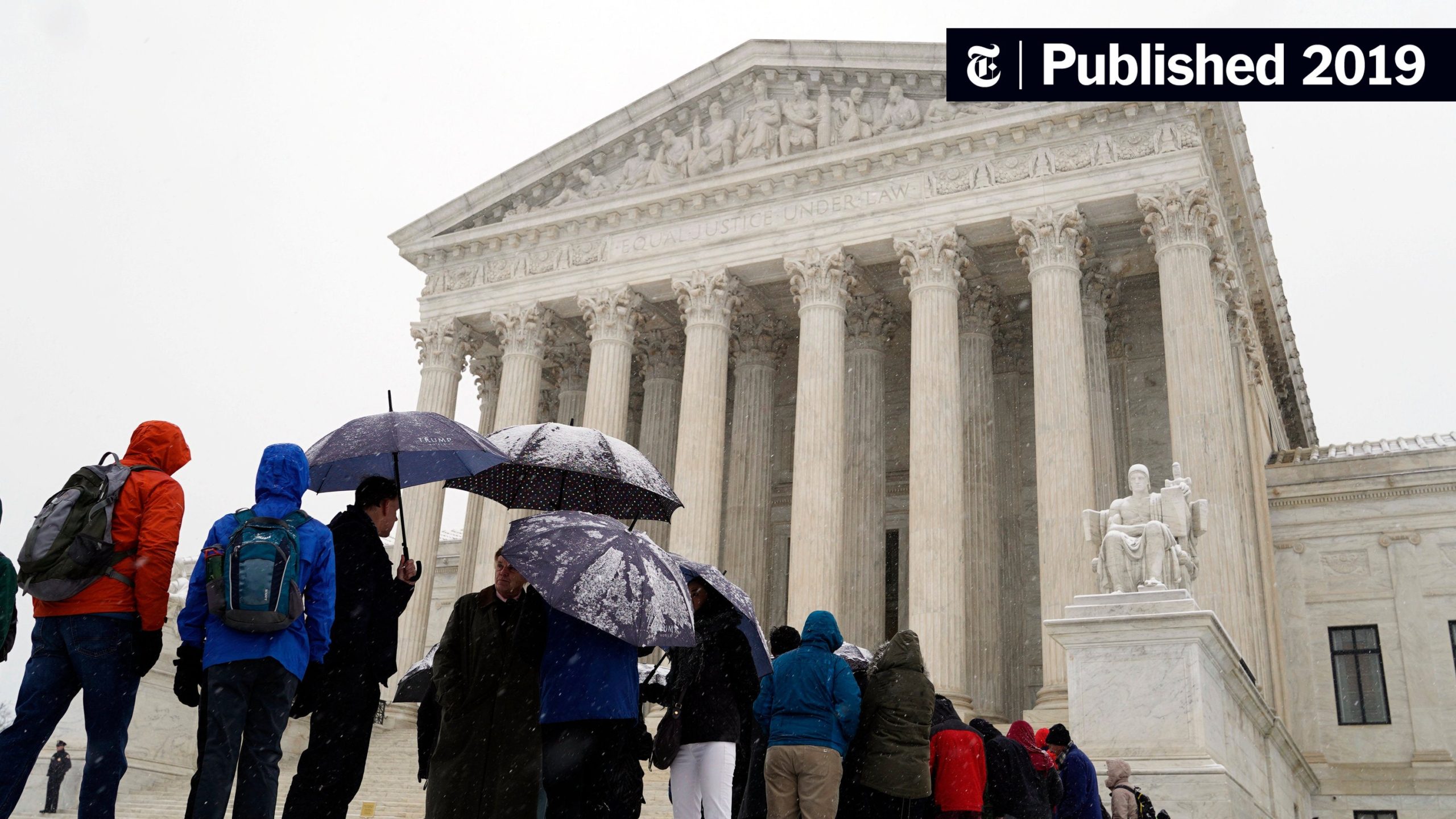NM End of Civil Asset Forfeiture Didn’t Increase Crime: Study
In 2015, New Mexico legislators ended most civil asset forfeiture, the process that lets police keep cash or property they seize, even if they never charge the owner with a crime, so long as they suspect that it’s linked to criminal activity. High-profile lawsuits and press attention prompted some states to reexamine their forfeiture laws. New Mexico sheriffs and prosecutors asked the governor to veto the bill. Eliminating civil forfeiture, they argued, would hand the bad guys a win and put public safety at risk, ProPublica reports. “You’ll get less law enforcement,” predicted the chair of the sheriffs’ association, Ken Christesen, who noted that police departments use forfeitures to help fund their budgets. Criminal organizations would grow richer and more powerful, Christesen warned, if they got to hang on to the cash, cars and other property police could no longer seize from them. “The end result of this,” he said, “is the cartels are going to ramp up their money laundering and cash exchanges in the state of New Mexico tenfold.”
Five years after New Mexico effectively banned civil forfeiture, those fears remain unrealized, says a new study from the Institute for Justice, a public interest law firm that has been advocating reforms to forfeiture laws. The predicted rise in crime and drop in arrests has not materialized, says the study, based on analyses of FBI data. Arrest and offense rates in New Mexico remained essentially flat before and after the 2015 law went into effect. That’s based on an examination of crime overall, as well as a specific set of offenses: drug possession, drug sales, and driving under the influence. Nor, the study shows, are civil forfeitures key to cutting off the flow of millions of dollars to major fraudsters and criminal enterprises, as defenders of the practice often claim.







![459902226.0[1]](https://rucci.law/wp-content/uploads/2023/12/459902226.01.jpg)
![civil_asset_forfeitures_4_new_0[1]](https://rucci.law/wp-content/uploads/2023/12/civil_asset_forfeitures_4_new_01.jpg)


